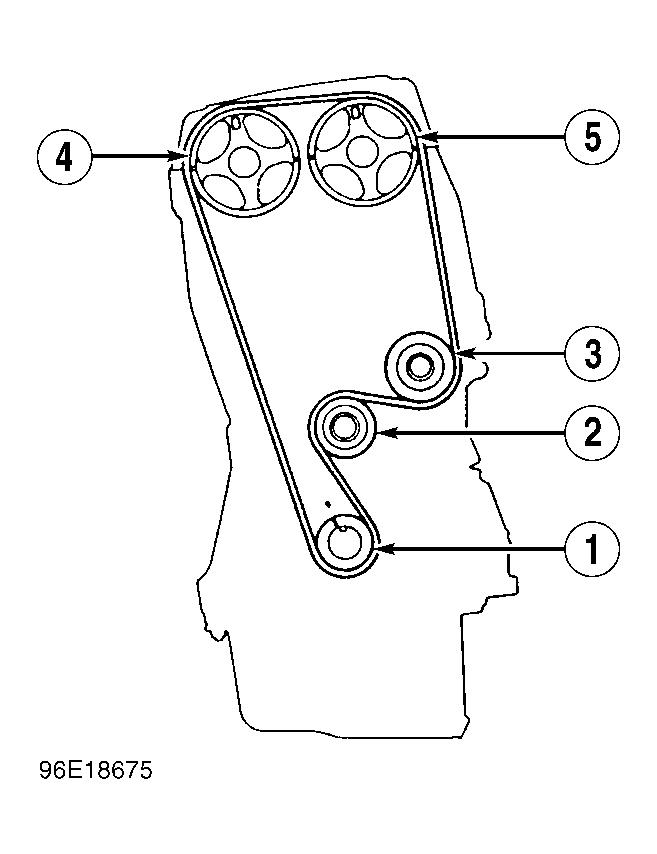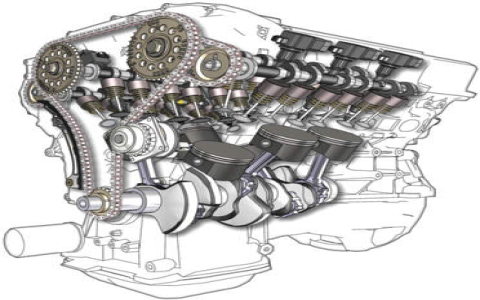Diagnosing Honda CRV Belt Noise
Belt noise in a 2001 Honda CRV often stems from accessory belt slippage, misalignment, wear, or incorrect routing. Ignoring it risks damaging components like the alternator or power steering pump. Focus on verifying the belt path using the correct diagram.
Using the 2001 Belt Routing Diagram
For the 2001 CRV's inline-four engine, the accessory belt routing diagram is specific to this model year. Always refer to factory service manuals or validated diagrams to avoid errors. Key features include:
- The serpentine belt wraps clockwise around pulleys: crankshaft → AC compressor → idler pulley → alternator → power steering pump → tensioner.
- The tensioner must be adjusted for correct tension.
Steps to Solve Belt Noise
Follow these steps precisely to eliminate noise. Ensure the engine is off and cool before starting.

- Inspect belt condition. Replace if worn, cracked, or glazed. A worn belt causes slippage noises.
- Check tension. Apply moderate pressure between pulleys; deflection should be around 5-7mm. Adjust using the tensioner tool per Honda specs.
- Verify routing against the 2001 diagram. Misalignment increases squealing. Correct any deviations.
- Clean pulleys. Remove debris or oil buildup with a rag and mild cleaner to reduce friction.
- Test for noise after each step. Run the engine briefly to identify persistent issues.
Prevention and Maintenance Tips
Prevent recurrence with proper upkeep.
- Replace belts every 60,000 miles or as per Honda's schedule.
- Monitor tension monthly. Changes indicate pulley or component wear.
- Address leaks immediately. Fluids from seals accelerate belt degradation.
Always cross-reference with the 2001-specific diagram for accurate installation. Incorrect routing perpetuates noise and component stress.

